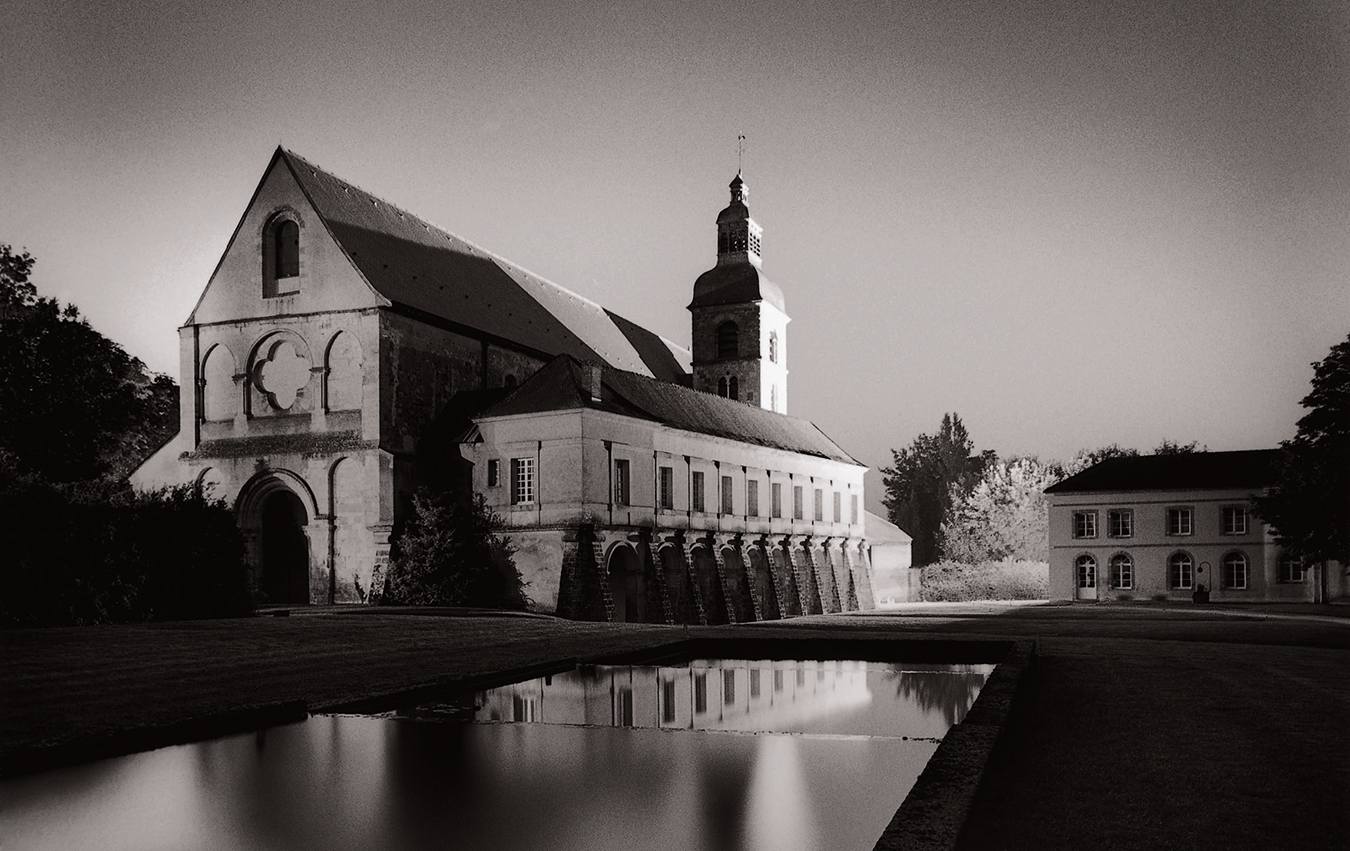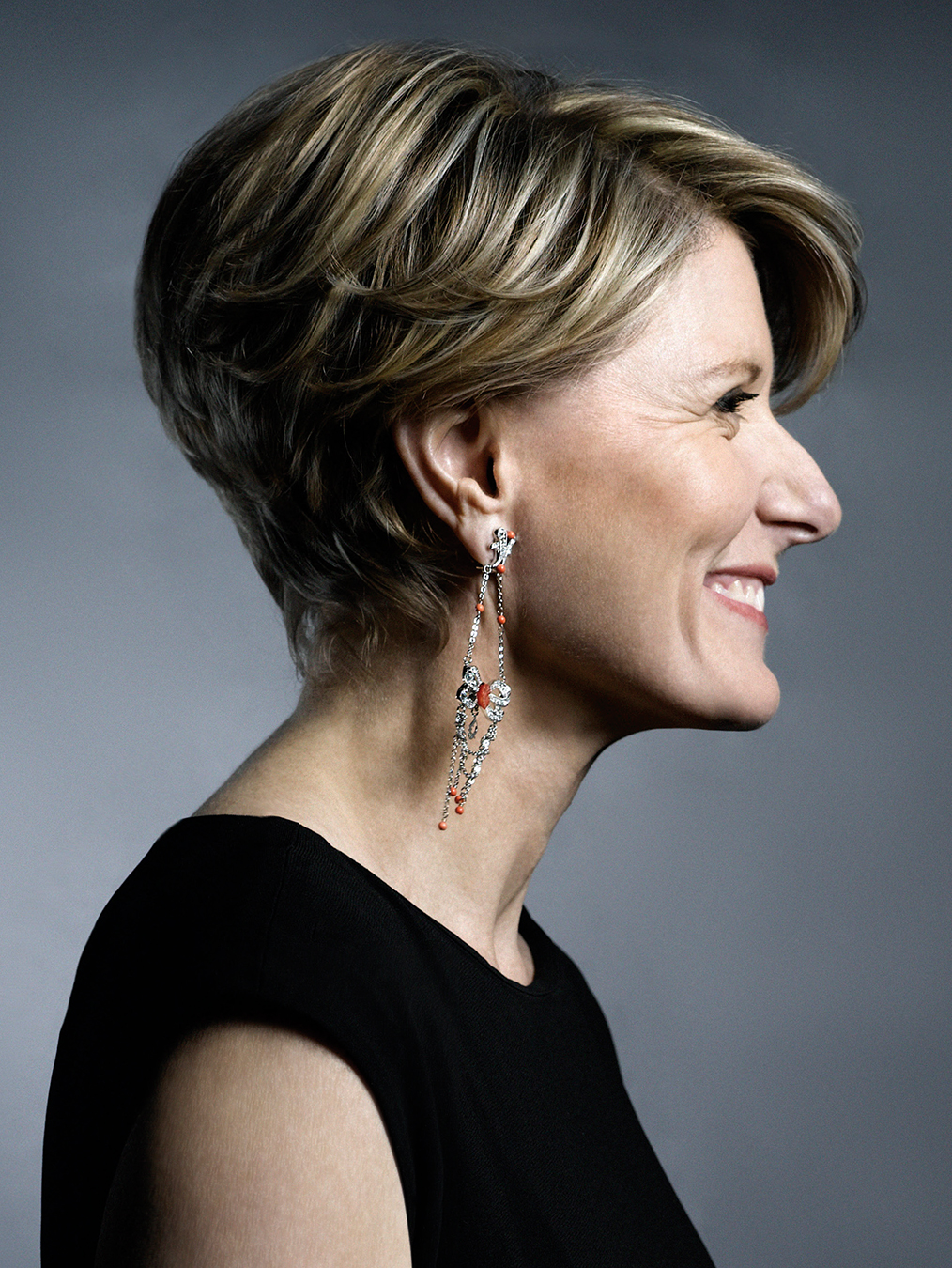Cava Sets New Standards In the World of Sparkling Wine
Bubbling.

No longer considered a drink solely for special occasions, sparkling wine is now widely drunk on its own as a casual sipping wine, as an aperitif, and with meals. And although champagne might be the gold standard, it has plenty of competition.
Prosecco, which tends to be inexpensive, fruity, and easy drinking, has gone from strength to strength, and the regional crémants from France (such as Crémant de Bourgogne) are increasingly popular. There is good demand for fine sparkling wines that are made, it seems, everywhere from Italy and Ukraine to Canada and New Zealand.
And there’s Spain’s signature sparkling wine, cava.
Cava was the first sparkling wine to go up against champagne. Indeed, it initially went by the name Spanish Champagne or Champaña until forced by the champagne industry to stop. In the 1970s, producers adopted the name cava, meaning cave or cellar—a reference to the underground caverns where it is aged.
Like champagne (and unlike prosecco), cava goes through a second fermentation in the bottle, a method that used to appear on sparkling wine labels as the Champagne method but is now widely called the traditional method. Unlike champagne, which is usually a blend of pinot noir, pinot meunier, and chardonnay, cava is generally made from grape varieties indigenous to Spain that are unfamiliar to most outsiders, but chardonnay and pinot noir also figure among the permitted varieties.
Cava is less geographically constrained than champagne, which comes from several small regions in Champagne in northeast France. While most cava comes from the Penedès region near Barcelona, producers are scattered across Spain, with smaller pockets of production iin northern Spain, inland from Valencia on the Mediterranean coast, and in the southwest near the Portuguese border.

Clay Daum, North America regional director for Codorníu, one of the largest cava producers, says the fruit is what distinguishes cava from champagne. He adds: “If you were a grape, where would you rather live? Near the German industrial area or near the Mediterranean?”
Cava comes in a number of styles. Some are bone-dry (brut nature), most are dry (brut), while others carry a little sweetness (three levels of seco), and a few are sweet (dulce). Flavour profiles are influenced by the blend of grape varieties and the length of time the wine spends on its lees. Overall, the cava style is characterized by solid fruit flavours, bright acidity, balance, and generous beads or clouds of fine bubbles.
Under one name or another, cava has been made for a century and a half, and in that time it has undergone many changes. Meritxell Parera, head of wine procurement at Freixenet, the largest producer of cava, points to the wider range of grape varieties allowed, increased organic grape growing, earlier harvesting to give higher acidity, and winemaking innovations such as controlling temperature during fermentation.
In the last two years, significant changes in the rules regulating how cava is classified have responded to consumer expectations that wines should be differentiated by quality and distinguished by place of origin. There are now four tiers of cava, all partly defined by the length of time the wine is aged on its lees–longer aging gives the wines more depth and complexity of flavour. Basic cava must rest at least nine months on its lees, Cava Reserva must do so a minimum of 18 months, and Cava Gran Reserva requires 30 months or more.
The fourth and highest tier of the new classification is Cava de Paraje Calificado, or cava from a certified location. This refers to locations or vineyards recognized as producing exceptional cava—and so far, only a handful have been certified. These wines must be aged on lees at least 36 months and satisfy other requirements—the vines must be at least 10 years old, for example, and the grapes must be harvested by hand.
These regulations have shaken up the common impression that cava is a standardized wine. Consumers can now look for quality levels, specific sites, and even grape varieties, which are often shown on the bottle labels. Overall, these changes have added to the breadth not only of cava but of sparkling wines generally.
Some Cavas to look for
Anna de Codorníu Blanc de Blancs Brut Reserva Cava
Freixenet Elyssia Pinot Noir Cava
Freixenet Vintage Reserva Cava 2014
Cygnus Sador Organic Brut Nature Cava
Juve y Camps Pinot Noir Brut Rosé Cava
Mas Codina Brut Nature Reserva Cava
Segura Viudas Brut Reserva Cava
Segura Viudas Brut Reserva Heredad Cava




